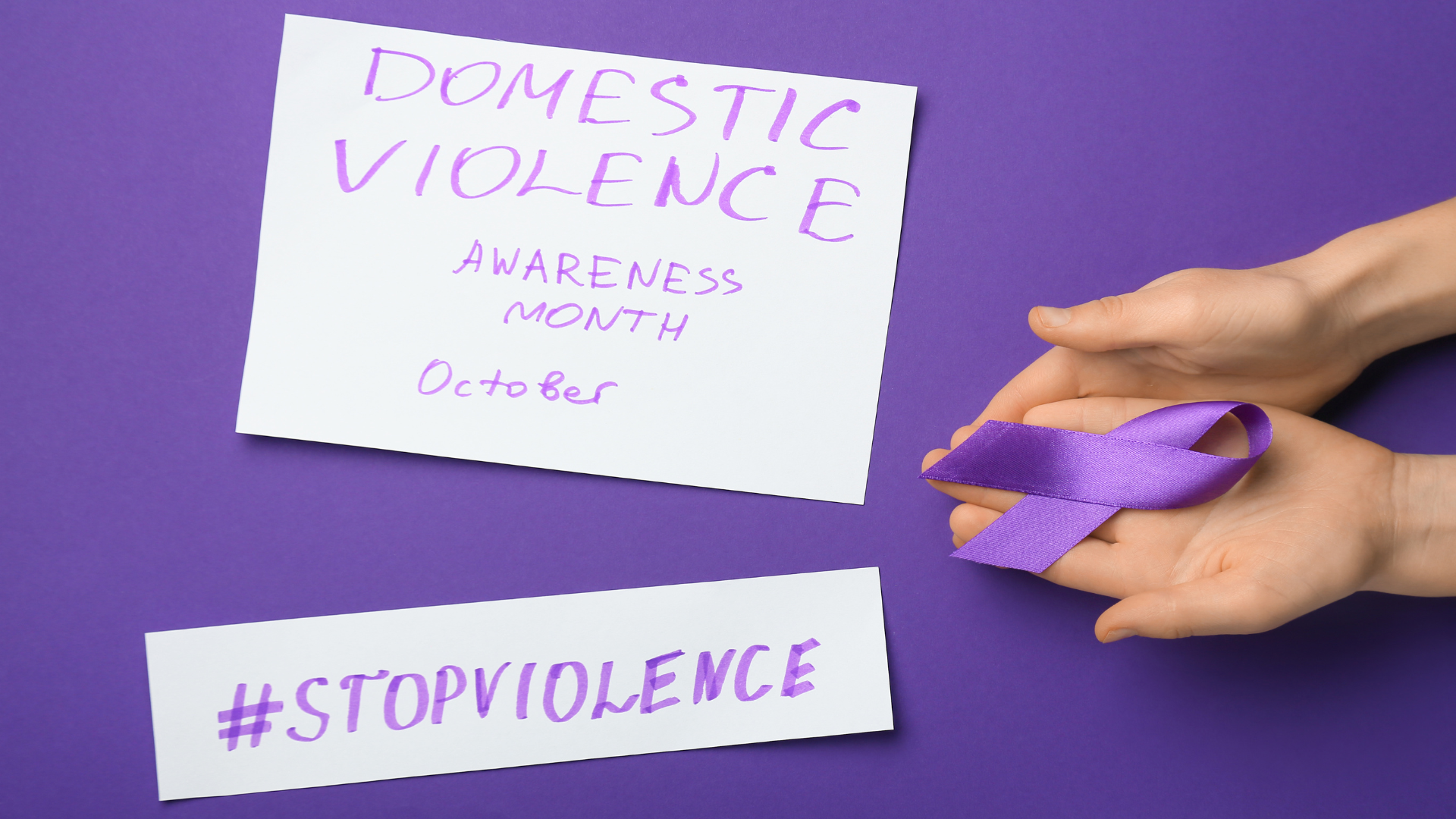In today’s world, you need to know how to protect yourself in public.
The potential of being the victim of an active shooter, digital stalker, date rape, or sex trafficking is a very unfortunate, but valid, reality that Americans face everyday.
However, there are ways to proactively protect yourself, even if you find yourself in the wrong place at the wrong time.
How To Protect Yourself Against Everyday Threats
In Shelley Klingerman’s book, “Vigilance: The Savvy Woman’s Guide to Personal Safety, Self-Protection Measures, and Countermeasures,” Klingerman explains how to recognize the danger signs of “something getting ready to go down”:
“Noticing unusual activity in familiar situations, noting persons displaying strange or out-of-the-ordinary behavior, etc.” (pg. 11)
Below, we outlined the top three ways to tell when a situation is off, so you can learn how to protect yourself in public.
1. Strange or Out of the Ordinary Behavior
When the Boston Marathon Bombing happened in 2013, witnesses overwhelmingly corroborated that prior to the first bomb detonating, they noted that the perpetrators looked, “very suspicious.”
How can someone look suspicious? In a variety of ways, such as:
- Looking “blank” or anxious in a lively atmosphere (or seeming giddy and excited in a solemn, formal atmosphere)
- Wearing unseasonal clothing (i.e. wearing heavy, black clothing on a hot summer day)
- Pacing
- Voyeuristic behavior
Of course, these signs don’t always indicate that something bad is about to happen. However, if you notice these behaviors while in public, it’s important to keep your guard up regardless.
Interested in taking charge of your own personal safety? Learn more about Stiletto Agency’s Situational Awareness Specialist Training & Certification.
2. Unusual Activity in Familiar Places
Similar to looking out for strange or out of the ordinary behavior, it’s always important to be aware of your immediate surroundings.
Is a usually busy, loud place eerily quiet? What are the expressions on other people’s faces? This is where your five senses come in handy; noticing the smell, sound, sight, even the taste of your drink/food, is paramount to not becoming a victim.
Furthermore, noticing small, but key aspects of a situation can help you assess if it’s safe or not.
3. Ultimately, What is Your Gut Telling You?
You’ve probably heard this all before, but you need to trust your gut instinct. Everyone has this, but too often, women doubt their intuition in fear of being seen as a “bitch.”
All humans have a gut-brain connection, which makes emotional experiences register as gastrointestinal distress such as anxiety or unease. If something inexplicably feels “off” about a situation, that’s your gut telling you to leave.
On the other hand, you may suddenly feel a rush of assurance after leaving a situation you felt off about in the first place.
Either way, it’s better to trust your gut and maybe be wrong later, than be right when it’s too late.
Interested in taking charge of your own personal safety? Learn more about Stiletto Agency’s Situational Awareness Specialist Training & Certification.
Learn How to Protect Yourself in Public, Gain Situational Awareness Today
While you can’t always prevent a situation from happening, these three warning signs are key to avoiding a situation before falling victim.
Developing situation awareness doesn’t happen overnight. Before doing so, you need to incorporate an empowered mindset in everything you do.
Stiletto Agency offers customized training programs for corporations, organizations, groups, and individuals to help them learn how to be vigilant about their personal safety. Contact us today to schedule your training.






